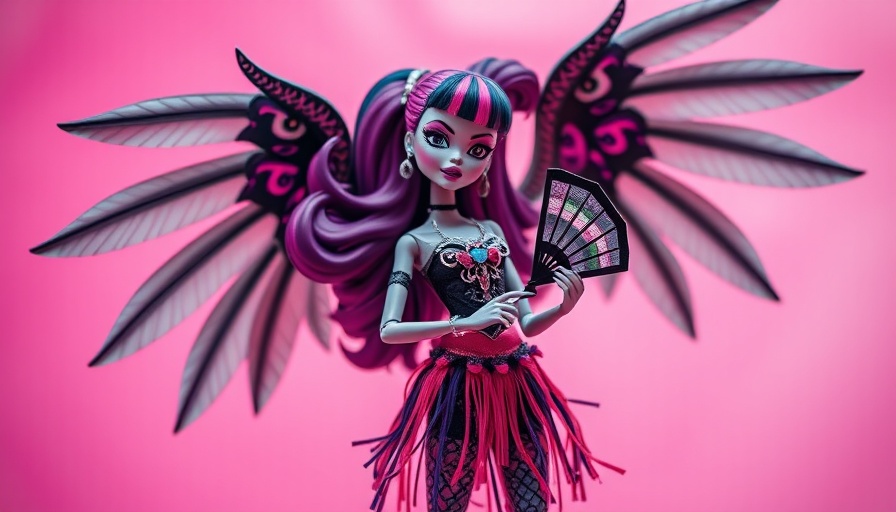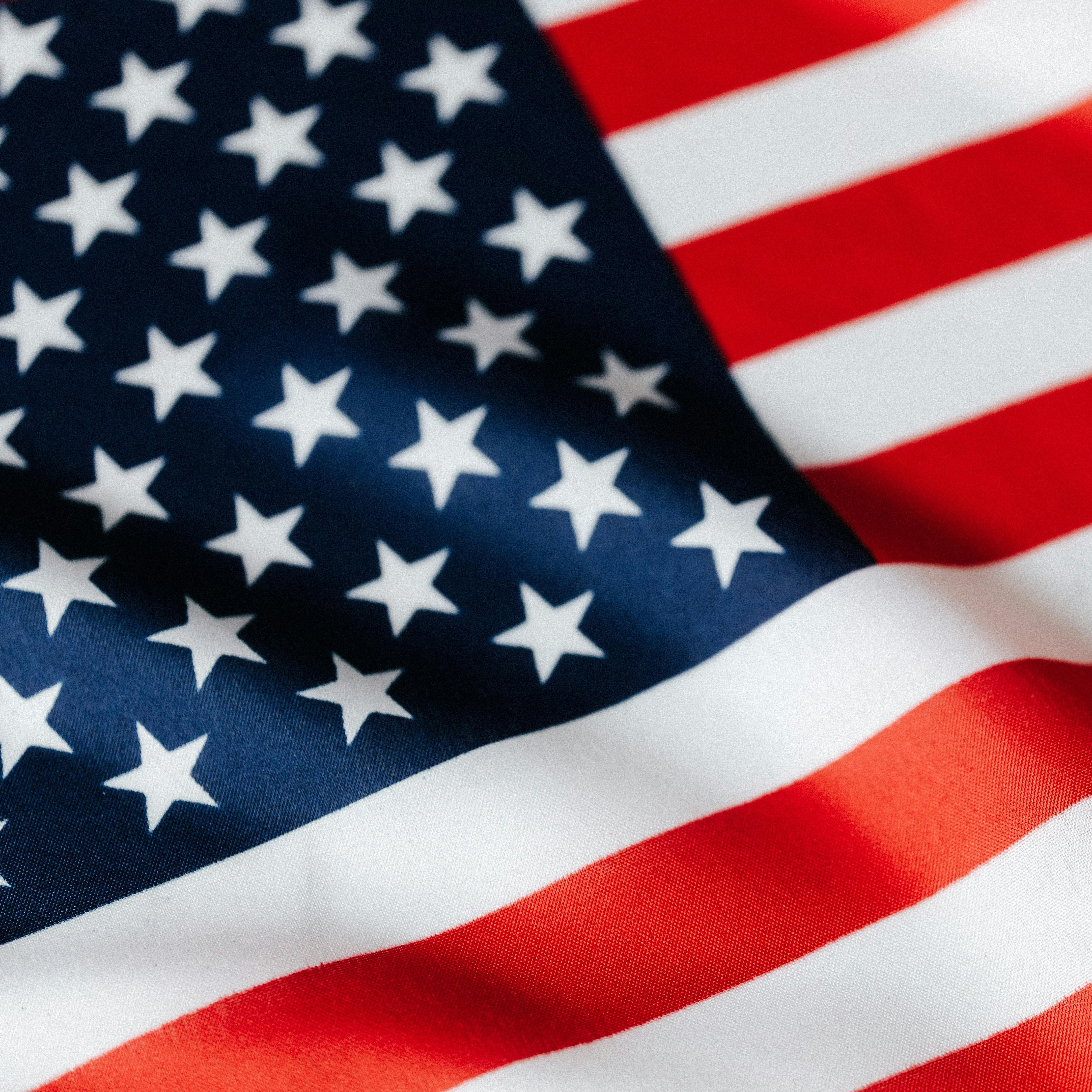
Mattel's New Doll Inspires Mixed Reactions among Conservatives
In a striking move that intertwines folklore, fashion, and the complexity of parenting, Mattel has launched a new addition to its Monster High series: the Manang Corazon Marikit doll. While the intention may be to introduce elements of Philippine culture to children, the character it's based on, infamous for its gruesome trait of preying on the unborn, raises eyebrows.
In 'Mattel has a new cannibal doll?', the discussion dives into the implications of a new Monster High doll based on a creature from Philippine folklore that has raised significant concerns on multiple levels.
The Myth Behind the Doll
The character of Manang Corazon Marikit is rooted in Filipino folklore, known for a terrifying legend that involves the consumption of fetal hearts. Quite a departure from the usual image of dolls meant to inspire joy and creativity, this doll certainly takes a bold step—bringing to life a creature that feeds on the very essence of what many consider the most precious aspect of life: the innocence of children.
Why a Cannibal Doll?
Amid discussions about toys, childhood innocence, and the values we instill in future generations, the launch of this doll sparks critical questions. One must wonder, why Mattel felt it necessary to explore such a dark theme for a toy aimed at kids? Conservatives may echo the sentiments of many concerned consumers who believe that the representation of such a character could downplay serious ethical discussions surrounding life and death, particularly the delicate issue of abortion.
Filipino Representation vs. Cultural Sensitivity
While there is undeniable value in promoting cultural awareness through toys, one has to question whether this portrayal crosses a line. Filipino culture, rich in history and beauty, could have been represented through myriad other characters—heroes, warriors, or mythical beings celebrated for their valor rather than their macabre habits. This doll seems to undermine the potential of Filipino folklore, opting instead for shock value rather than substance.
The Response from the Community
The reaction from conservative communities is varied but predominantly critical. Many express fears that such representations can ease children into a casual acceptance of violence and death, a slippery slope in a society already battling issues such as rising inflation, debates over health care, and discussions surrounding the sanctity of life. Community leaders stress that dolls meant for children should promote values of love, family, and respect for life instead.
A Cultural Backlash and Calls for Change
This controversy has thrust Mattel into a larger discussion about responsibility in toy-making. As parents and constituents call for companies to align their products with family values, major questions arise: Should the goal of toy manufacturing focus solely on profit, or should there be a stronger emphasis on the moral implications of the characters they create? The challenge lies in maintaining a balance between artistic representation and honoring societal values.
What Comes Next?
The release of the Manang Corazon Marikit doll presents an opportunity for reflection on broader sociocultural trends that influence children today. Companies like Mattel must reevaluate their strategies to stay relevant in an ever-evolving market, especially as families grapple with economic changes and cultural preservation. This situation serves as a reminder for consumers to maintain a voice in what they deem appropriate for their children.
As this doll enters homes—amidst a backdrop of conversations around democracy and freedom, economic stability, and family values—Mattel continues to navigate the complex terrain of contemporary culture. The ever-present voices of concerned citizens, including notable conservative figures, will undoubtedly shape the dialogue surrounding the future of children's toys.
If the American voice for family values is to take a stand, it begins with the products that hit the shelves. As critics urge Mattel to reconsider its creation choices, this instance could serve as a pivotal moment stimulating necessary conversations about the implications of cultural representation in children's toys.
 Add Row
Add Row  Add
Add 




Write A Comment